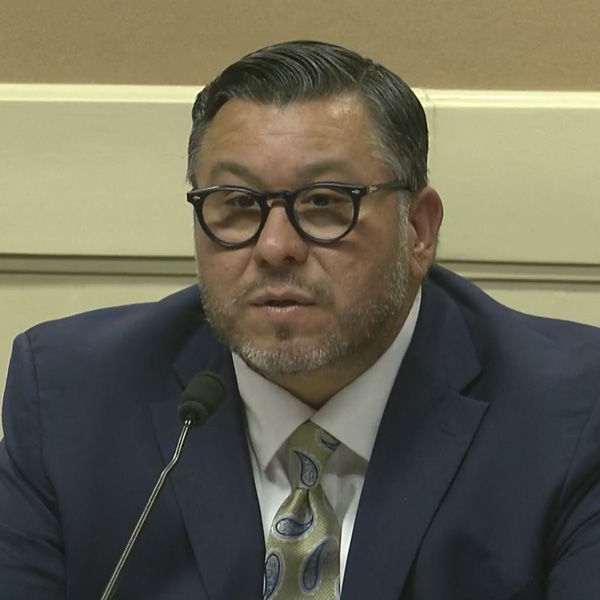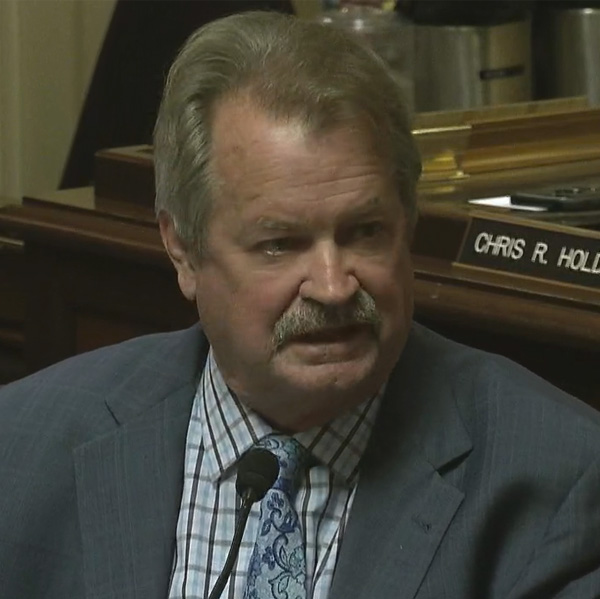[EDITOR’S NOTE: A previous version of this article misspelled Michael Goggin’s last name on first reference and incorrectly labeled him as ACORE’s “grid strategies vice president.”]
A new American Council on Renewable Energy (ACORE) report recommends MISO make multiple changes to its markets to take advantage of a shifting resource mix.
Michael Goggin, vice president at Grid Strategies and the report’s author, said during an April 25 webinar that he would like see markets with new design elements maximize optimal dispatch and minimize control room operators’ out-of-market commitments.
Goggin said MISO should improve the accuracy of its market participants’ minimum generation levels and filed ramp rates by tightening their rules. He said the grid operator should ensure submitted generator bid parameters reflect the units’ true flexibility, including ramp rates and start-up times or minimum output limits that aren’t physical but economic in nature. He said bid parameters that underplay a unit’s actual flexibility result in excess payments to slow-moving generation.
“I think a common theme across our recommendations here is to use markets,” he said. “Markets are extremely effective and efficient for aggregating a lot of information, which is what the power system has. In many of these RTOs, you have thousands of generators, millions of customers. … Markets are extremely good for aggregating that information and sending the right price signal to the generator to do what is needed to maintain reliability.”
Goggin said incoming battery storage, which is nearly “perfectly flexible,” has a lot of reliability potential. However, he said MISO’s market is “shortsighted” in that it currently prohibits dispatchable renewable energy from furnishing a range of operational reserves.
“We think this is harming customers because wind and solar resources have extremely flexible capabilities to provide a range of operating reserves,” he said.
Much of MISO’s existing generation is inflexible and can’t be dispatched up and down quickly, Goggin said. He said MISO should make a point to “price inflexibility” and remove uplift and out-of-market payments from inflexible resources, saying a failure to so can harm the resource transition.
“Traditionally, we got used to operating the power system that way, but now that we have new resources that are highly flexible, and you can actually add things like batteries to your existing plant, we think that a lot of the market design that made sense decades ago no longer make sense,” he said.
Goggin said controllable wind and solar resources are “underappreciated.” They’re underused for flexibility services, he said, and left navigating market rules that weren’t designed for them.
“We hear a lot from RTOs fretting about losing so-called flexible resources and talking about the need to directly compensate for flexibility. And that may be true, but I feel like there’s often less thought put into how to get rid of these market features that reward inflexibility,” Sierra Club senior attorney Casey Roberts said.
Roberts said she thinks resources owners understating flexibility in their bid parameters is a pervasive problem and that RTOs should take steps to hold them accountable. She said observing how many thermal resource owners alter their startup times compared to what was on the books before MISO introduced its new availability-based capacity accreditation was “interesting.”
“Several generation owners suddenly discovered they were a lot more flexible than they had previously thought and asked for waivers from those rules so their ‘true’ greater flexibility could be reflected in their capacity accreditation,” she said.
Roberts also said MISO is making an unfortunate choice by disqualifying its wind and solar resources from providing ramping capability. (See MISO Plans to Bar Intermittent Resources from Ramp Capability.)
“This is not based on the technical capabilities of these resources, but rather an inability of MISO’s own software systems to discern whether any resource’s ramp-up capability would actually be deliverable or whether they appear to be available to deliver ramp-up because they’re curtailed due to transmission constraints,” Roberts said. “That results in a situation where MISO has to manually confirm each resource’s availability to deliver ramp up, which it’s willing to do for thermal resources but not for renewable energy simply because there are so many of them it would be an untenable problem.”
That issue illustrates that MISO needs software and transmission upgrades in market updates, she said.
Leeward Renewable Energy’s Emma Nix agreed that RTOs need transmission buildout to support interconnecting inverter-based resources. She said that MISO is entering capacity markets’ next phase considering the daily times that capacity is most needed.
Goggin urged MISO to use a sloped demand curve in its capacity auction and account for simultaneous unavailable capacity caused by widespread generation outages. He said it’s common for much of the generation portfolio to trip offline at the same time during weather events. (See MISO Charts Course on Capacity Auction’s Sloped Demand Curve.)
MISO should add probabilistic forecasting to commit resources and shrink the time it takes to commit resources as close to real-time as possible, he said. MISO can reduce forecasting errors by shortening the time that passes from commitment to output, Goggin said.
He praised real-time, five-minute markets as the most effective means of incenting flexibility. He said energy price caps can sometimes interfere with the market because they can mask the operating day’s riskier periods and can trigger units to prematurely release all available output. He added that higher wholesale market price caps will have “very little” rate impact because most customers will never pay a real-time price.


